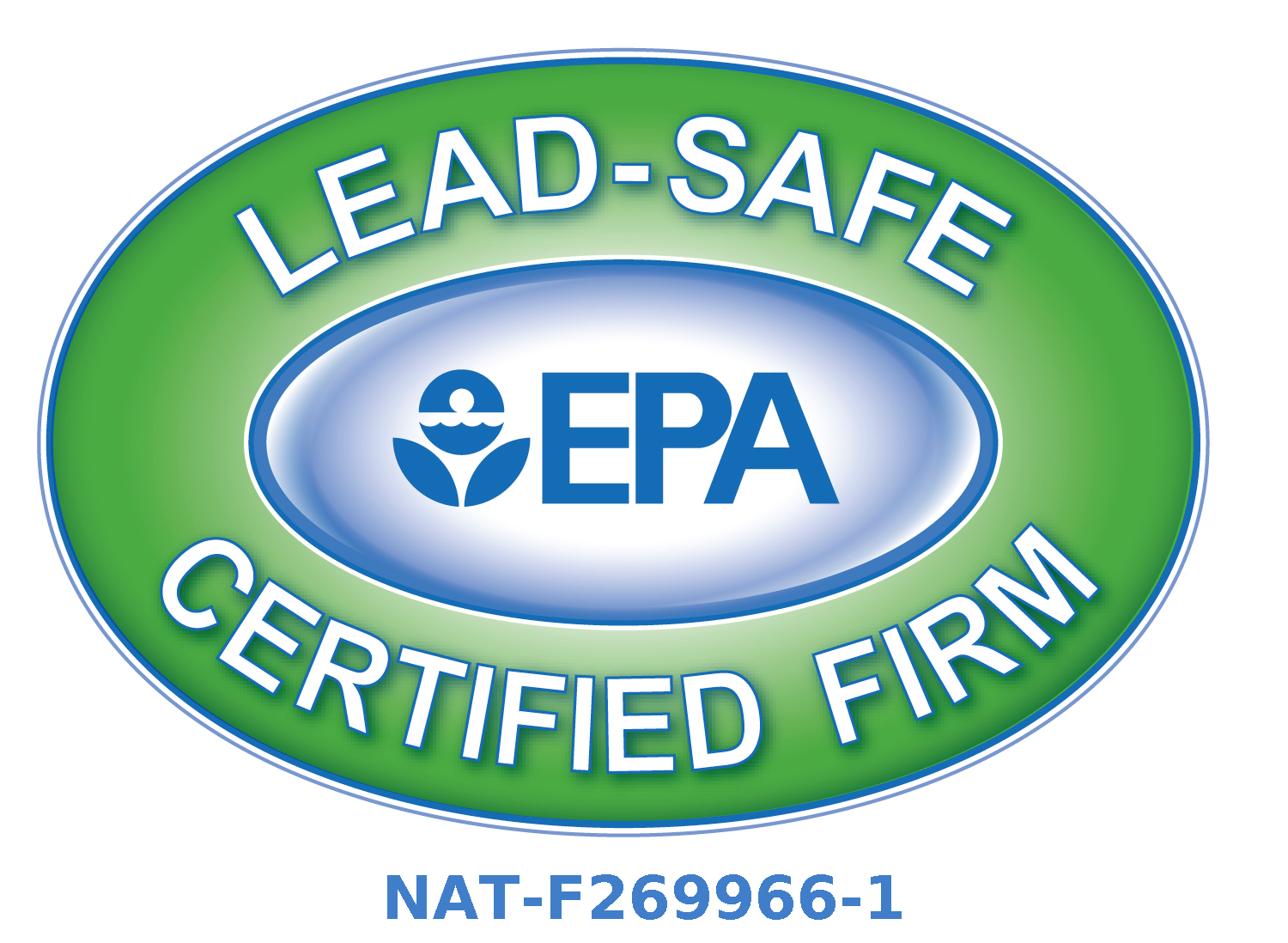Knowledge Center: Your Go-To Resource for ADUs and Tiny Living
Knowledge Center: Your Go-To Resource for ADUs and Tiny Living
Email [email protected]
Phone 860-TINY-HOM (es)

How does the permitting process work for ADUs?
Navigating the permitting process for Accessory Dwelling Units (ADUs) can be a complex and intricate task for homeowners and property developers alike. Understanding the regulatory requirements, zoning constraints, and building code compliance is crucial to successfully obtaining the necessary permits for an ADU project.
Let's explore the step-by-step process of how the permitting process works for ADUs, from an overview of ADU types and benefits to practical tips for a smooth and efficient permitting experience.
Understanding Permitting Requirements
Local Regulations and Policies
Each municipality has its own set of regulations and policies governing the construction and use of ADUs. Contemporary Tiny Homes will assess the feasibility of your ADU project by working directly with your town's municipality. This is a crucial first step to understand the rules related to your property before beginning the permitting process.
Permitting Authorities
Permitting authorities typically include local planning departments, building departments, and zoning boards. These entities oversee the approval process for ADU construction and ensure compliance with relevant codes and ordinances.
Zoning and Building Code Compliance
Zoning Regulations for ADUs
Zoning regulations dictate where ADUs can be located, their size, and other requirements. Our ADU professionals will ensure that your property meets your towns specific regulations before proceeding with the permitting process.
Building Code Requirements
Building codes set the standards for construction, safety, and habitability of ADUs. Compliance with these codes is essential for obtaining a permit and ensuring the structure meets quality standards.
Submitting a Permit Application
Required Documentation
Once your project meets local zoning and building compliance, our team begins submitting the permit application. When submitting a permit application, our team needs to provide documents such as architecture plans, a property survey, and a site plan showing the proposed ADU location. Additional information may be required based on local regulations.
Application Process
The application process involves submitting the required documentation, paying applicable fees, and awaiting approval from the permitting authorities. During this phase, be prepared for potential reviews, inspections, and revisions before receiving the final permit to begin your ADU construction.
Review Process and Timeline
Initial Review Stage
When your application is submitted for an ADU permit, it goes through an initial review stage where the permitting authorities assess its compliance with zoning regulations and building codes.
Timeline for Permit Approval
The timeline for ADU permit approval varies depending on your location and the complexity of your project. On average, it can take anywhere from a few weeks to several months for the permit to be approved.
Potential Challenges and Solutions
Common Permitting Challenges
Common challenges during the permitting process include navigating zoning restrictions, meeting building code requirements, and addressing neighbor concerns.
Tips for Overcoming Obstacles
To overcome these challenges, it's essential to do your research, work closely with your design professional, communicate effectively with neighbors, and be prepared to make adjustments to your plans if needed. With Contemporary Tiny Homes as your expert ADU builder, our team pays close attention to plan details to mitigate the potential for obstacles. Luckily, our team takes care of everything and we'll work directly with your town's building authorities to smooth over any obstacles.
Final Inspections and Approval
Inspection Requirements
Once your ADU is constructed, before we hand over the keys for occupancy, it must pass final inspections to ensure it meets all safety and building code standards. Inspections typically cover structural integrity, electrical systems, plumbing, and fire safety.
Final Approval Process
After passing all inspections, you will receive final approval from the permitting authorities to occupy the unit. Congratulations, you're one step closer to enjoying your new space and enjoying the benefits of the tiny lifestyle!
Tips for a Smooth Permitting Process
Best Practices for ADU Permitting
To ensure a smooth permitting process, be proactive in gathering all necessary documents, work with experienced professionals like Contemporary Tiny Homes.
Working with Permitting Authorities
Building good relationships with permitting authorities can help expedite the process. Be courteous, responsive, and open to their feedback and suggestions to facilitate a positive experience for everyone involved.
Conclusion
Obtaining permits for ADUs requires careful attention to detail, adherence to regulations, and effective communication with permitting authorities. By understanding the process outlined in this article and being proactive in addressing potential challenges, homeowners and developers can navigate the permitting process with confidence and successfully bring their ADU projects to fruition. With the proper knowledge and preparation, the path to realizing the benefits of ADUs through a streamlined permitting process is within reach.
Ready to explore building an ADU on your property? Contact us to learn more about the feasibility of your project.
FAQ
What are the common permitting challenges associated with ADUs?
Common permitting challenges for ADUs include navigating complex zoning regulations, meeting building code requirements, and addressing parking or setback mandates. Homeowners may also face neighborhood opposition or restrictions from homeowner associations (HOAs). Compliance with local utility connections and fire safety standards can add further complications.
How long does the ADU permitting process typically take?
The ADU permitting process can take anywhere from a few months to over a year, depending on the complexity of local regulations and the homeowner's preparedness. Urban areas with streamlined ADU policies may offer faster processing, while more restrictive or rural areas might involve lengthy reviews. Delays can occur if modifications are needed to meet code or zoning requirements.
Are there any specific design requirements that need to be considered for ADUs?
Yes, design requirements often include adherence to height limits, architectural style compatibility with the main house, and specific room functions (e.g., full kitchen and bathroom). Local codes may dictate floor space ratios, window placements for privacy, and energy efficiency standards. Fire safety measures, such as dedicated entrances and smoke detectors, are also essential.
How can homeowners best prepare for the final inspection and approval stage of the permitting process?
Homeowners can prepare for the final inspection by ensuring that all construction aligns with approved plans and complies with local codes. Hiring experienced contractors and conducting pre-inspection checks can help identify potential issues early. Documentation, such as construction plans and compliance certificates, should be readily available for review during the inspection.

Copyright 2025. All rights reserved. Norwalk, CT
Connecticut's New Home Construction Contractor License: #NHC.0017654
EPA Lead-Safe Certified NAT-F269966-1


